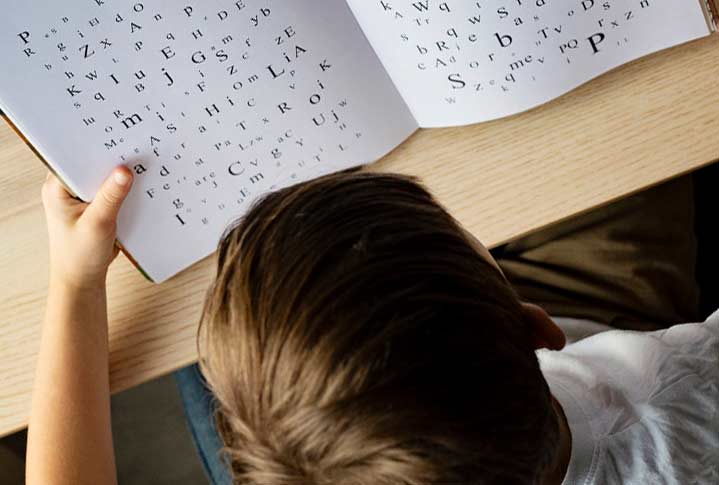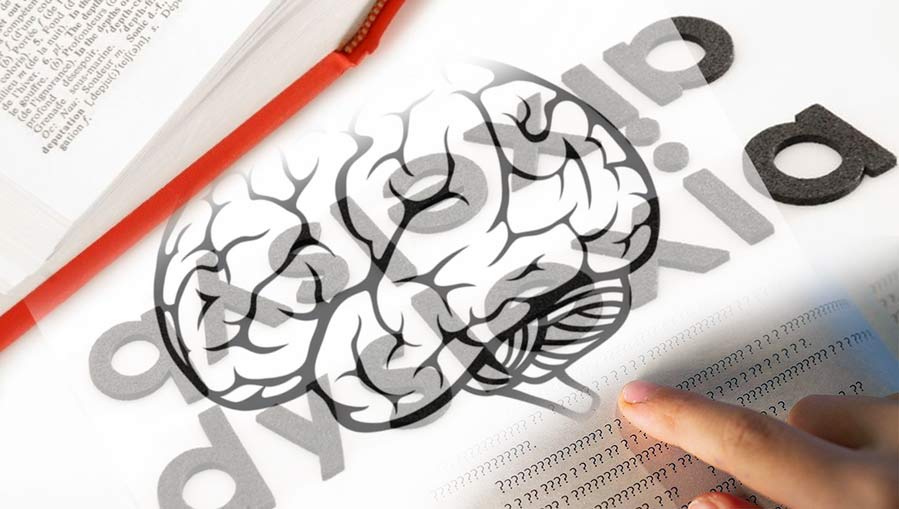Dyslexia is a learning disability that makes it hard for people to read, write, and spell. It’s a condition that many people don’t fully understand, and it often goes undiagnosed. The Canadian Dyslexia Association, which is now called the HERITAGE ACADEMY DYSLEXIA CENTRE (HADC), has been working hard to change that. They’ve been spreading the word about dyslexia and giving support to people who have it in Canada.
Casino Platforms Supporting Dyslexia Initiatives
One innovative way the HADC and similar organizations raise awareness and support is through collaborations with online casinos. These partnerships leverage the popularity and reach of online gambling platforms to host charity events, directly raising funds for dyslexia research and educational programs. The involvement of well-known online platforms not only secures vital funding but also significantly boosts awareness and community engagement around dyslexia support efforts.
As these initiatives grow, it becomes equally important for participants to ensure they are engaging with reputable and trustworthy platforms. To aid in this, our analytical department identified and listed the most trusted online casinos in the guidebook respected by many users. It provides insights into the best and safest platforms available, helping players make informed choices while supporting charitable causes. Now, let’s take a closer look at the HADC’s history, what they stand for, the programs they offer, and how they’ve helped people better understand and deal with dyslexia.
History of the Canadian Dyslexia Association

Louise Brazeau-Ward started the Canadian Dyslexia Association because of her own experiences and struggles with dyslexia. It all began when she got some tough news about her son’s potential difficulties with reading and writing. She was determined to make a difference, so she created the association to help and support people facing similar challenges.
As time went on, the Canadian Dyslexia Association grew and changed its focus. It became the HERITAGE ACADEMY DYSLEXIA CENTRE to reflect these changes. Along the way, the association has achieved some big milestones. One of them was starting HERITAGE ACADEMY, a primary and secondary school in Ottawa. This school is designed to provide specialized education for students with dyslexia.
HADC’s Mission and Vision
The HADC’s mission is to raise awareness about dyslexia and make life better for the roughly five million Canadians who have this learning disability. By helping people understand dyslexia better and giving them the right kind of support, the association aims to empower individuals with dyslexia to achieve their full potential.
The HADC’s vision is to create a world where dyslexia is acknowledged, understood, and accommodated. They work towards this by pushing for early diagnosis, effective interventions, and inclusive education. The goal is to improve the well-being and success of people with dyslexia.
The Simultaneous Multisensory Teaching Program (SMT)
One of the main programs offered by the HADC is called Simultaneous Multisensory Teaching (SMT). It’s based on the Orton-Gillingham method. This structured, multisensory approach engages all the senses – sight, hearing, touch, and movement – at the same time. It’s designed to meet the unique needs of students with dyslexia.

The SMT program is available in English, French, and Spanish. There are 12 levels in English, 8 in French, and 5 in Spanish. The program includes a detailed teacher’s manual with step-by-step lesson plans and a student workbook. SMT has had a big impact, and it’s used widely across Canada and in other countries. It has helped countless people improve their reading and writing skills.
Resources and Support Provided by HADC
The HADC offers in-depth training sessions for teachers and parents. These sessions give them the knowledge and skills they need to effectively support people with dyslexia. The training covers the SMT method and provides practical strategies that can be used in the classroom and at home.
Along with training, the HADC provides a variety of materials and resources. These include teacher’s manuals, student workbooks, and instructional videos. With these resources, educators and parents have the tools they need to put the SMT program into practice successfully.
Online publications, such as:
- “I’m confused, is it dyslexia or is it a learning disability?”
- “Simultaneous Multisensory Teaching”
- “Specific Developmental Dyslexia”
- “University and Dyslexia”
- “Voices of Dyslexia, Tragedies and Triumphs”
- “Workplace and Dyslexia”
- “The EMS Collection (Simultaneous Multisensory Teaching)”
The association also offers community support and outreach programs. These programs connect people with dyslexia and their families with a network of professionals and others who are going through similar things. They create a sense of belonging and provide opportunities for people to share their experiences and learn from each other.
Understanding What Dyslexia Is
Different Types of Dyslexia

Dyslexia shows up in different ways, and each type affects learning differently. The three main types are:
- Dysnemkinesia: This type makes it hard to develop the motor skills needed for writing.
- Dysphonesia: People with this type struggle with processing sounds and understanding how sounds and letters are related.
- Dyseidesia: This type causes difficulties with visual processing and recognizing whole words.
It’s important to understand these different types so that people can get the right kind of help and support. The HADC’s programs and resources are designed to address the specific needs of each type of dyslexia.
Common Myths About Dyslexia
Even though more people are aware of dyslexia now, there are still a lot of myths out there. Here are some common ones:
Myth 1: Dyslexia is rare.
Reality: It actually affects about 23% of people.
Myth 2: Dyslexia is hard to diagnose.
Reality: With the right kind of assessment, dyslexia can be identified as early as kindergarten.
Myth 3: Dyslexia goes away as you get older.
Reality: While interventions can improve skills, dyslexia is a lifelong condition.
The HADC works hard to bust these myths and give people accurate information based on the latest research. By setting the record straight about dyslexia, the association aims to reduce stigma and promote understanding.
Stories from the Dyslexic Community
The dyslexic community is full of inspiring people who have faced challenges head-on and achieved great things. There are famous authors like Agatha Christie and Jules Verne and inventors like Thomas Edison and Alexander Graham Bell. Many of them have made big contributions to their fields.
The HADC celebrates these success stories and shares case studies and personal experiences that show the positive impact of its programs. By shining a light on the achievements of people with dyslexia, the association aims to inspire and empower others who are facing similar challenges.
Future of Dyslexia Support
The Canadian Dyslexia Association, which is now the HERITAGE ACADEMY DYSLEXIA CENTRE, has been a driving force in raising awareness and providing support for people with dyslexia in Canada. Through its mission, programs, and resources, the association has made a big difference in the lives of countless people and families.
By continuing to educate, advocate, and innovate, the HADC is paving the way for a society that is more inclusive and supportive of people with dyslexia. With better understanding and targeted interventions, people with dyslexia can unlock their full potential and thrive in all parts of their lives. It’s not always an easy road, but with the right support, anything is possible.
Alternative Organizations Supporting Dyslexia in Canada
| Organization | Founded | Focus | Key Initiatives |
| Dyslexia Canada | 2016 | Advocacy and education for equitable education for children with dyslexia. |
|
| International Dyslexia Association Ontario Branch (IDA Ontario) | Early 2000s | Education through structured literacy programs and supporting educators and the public with resources on dyslexia. |
|
| Friends of Dyslexia Inc. | 2008 | Direct financial support for dyslexia-related services and promoting literacy and health in communities. |
|